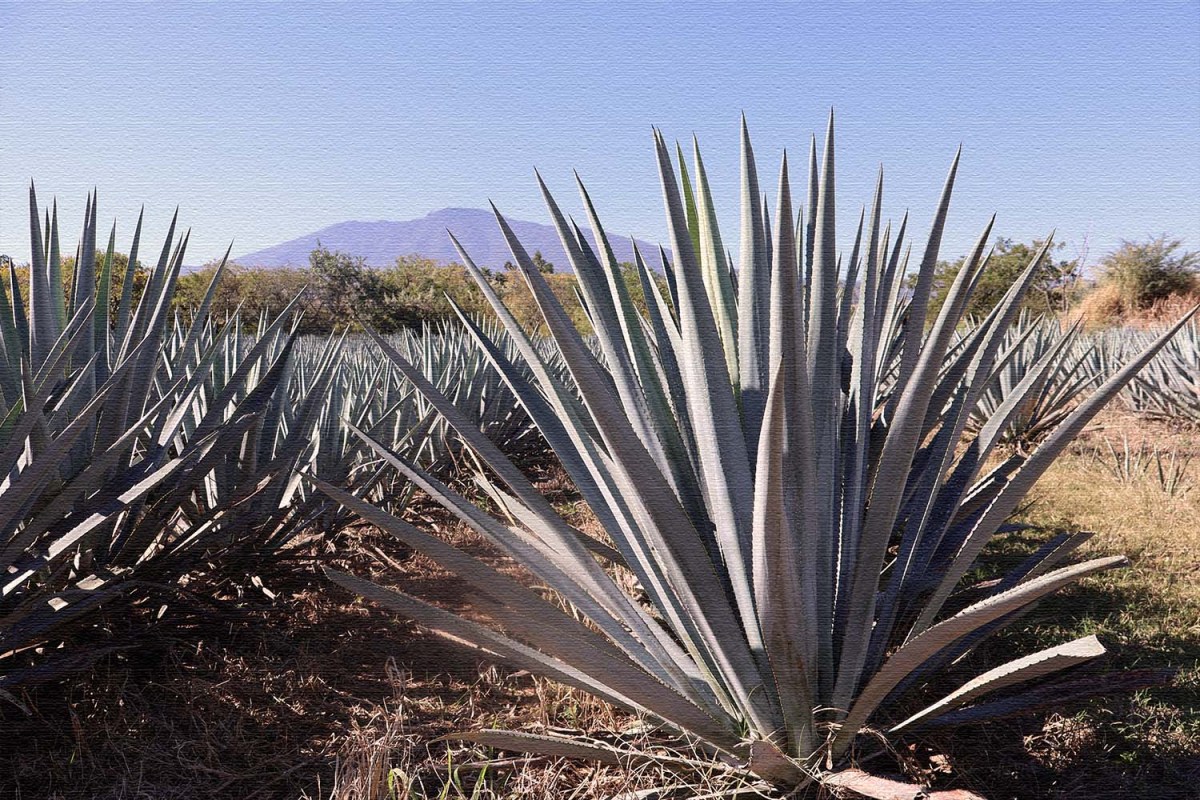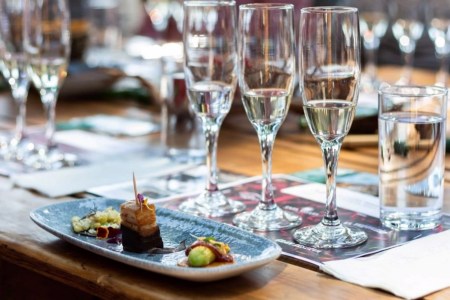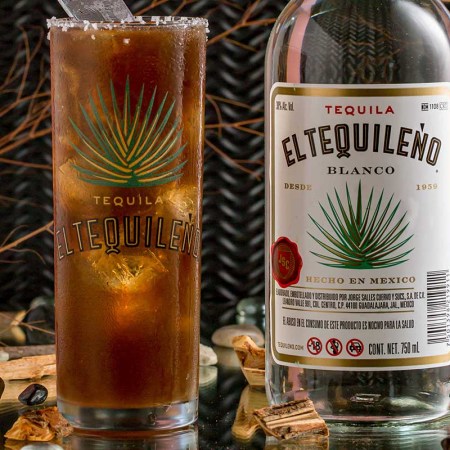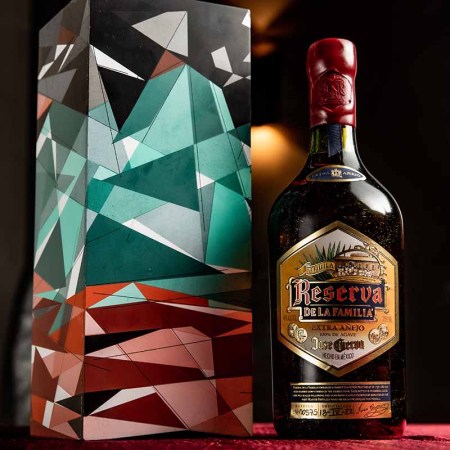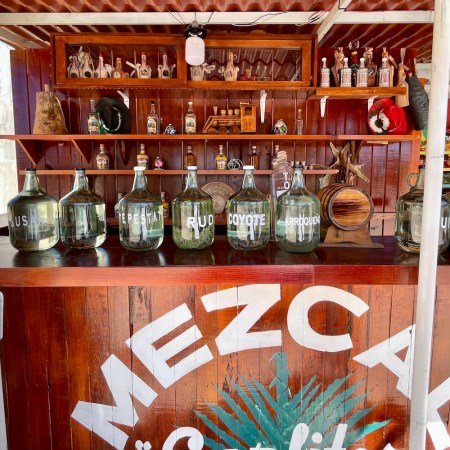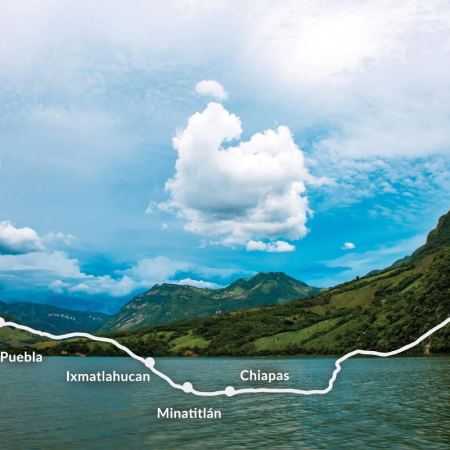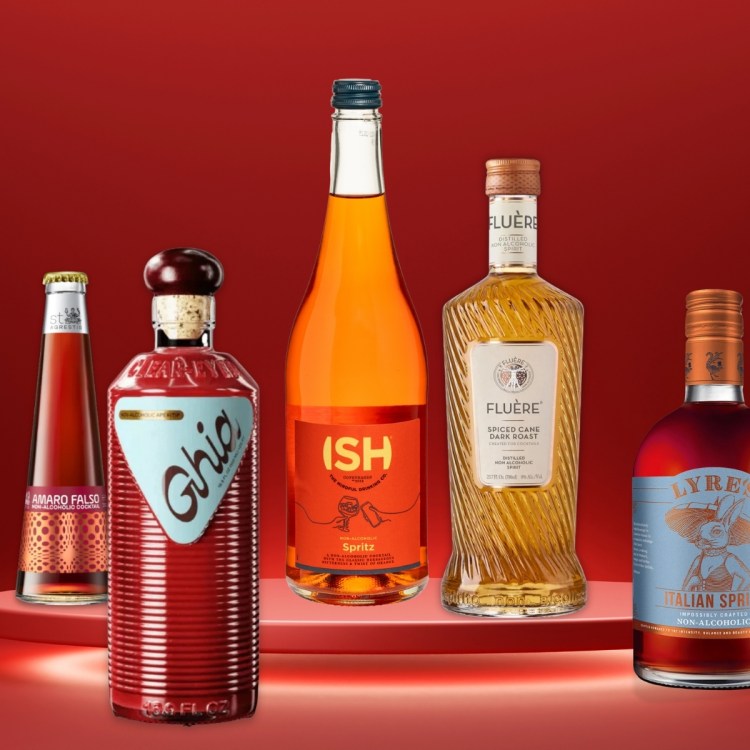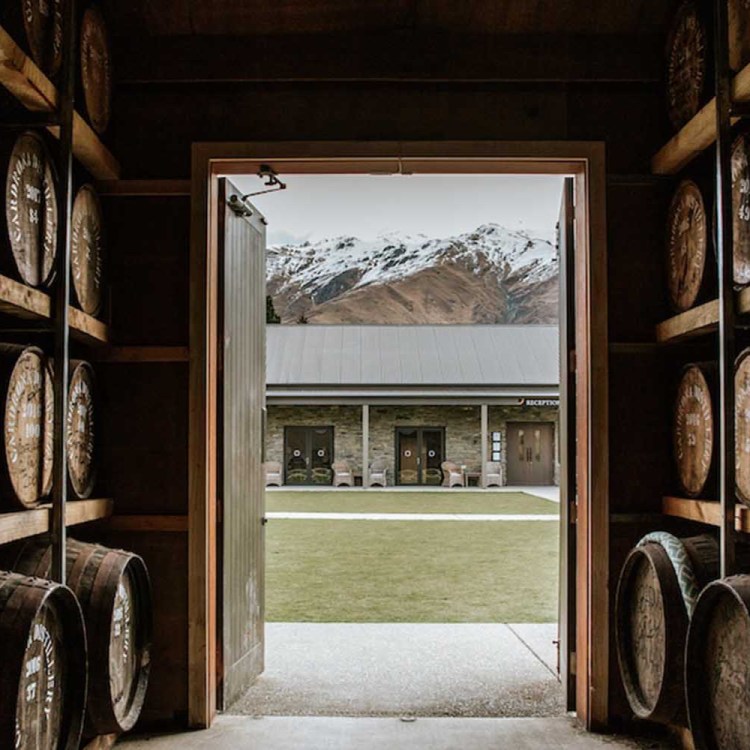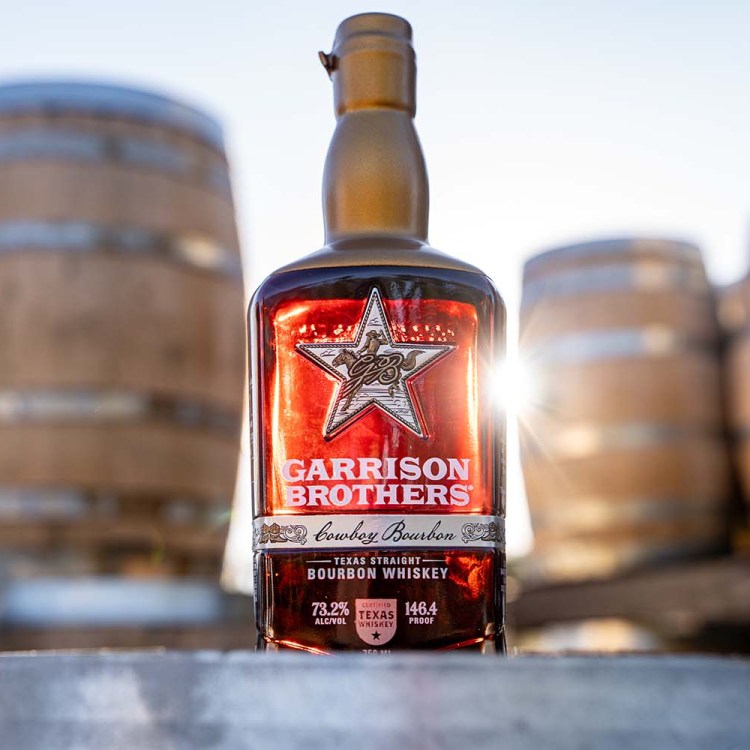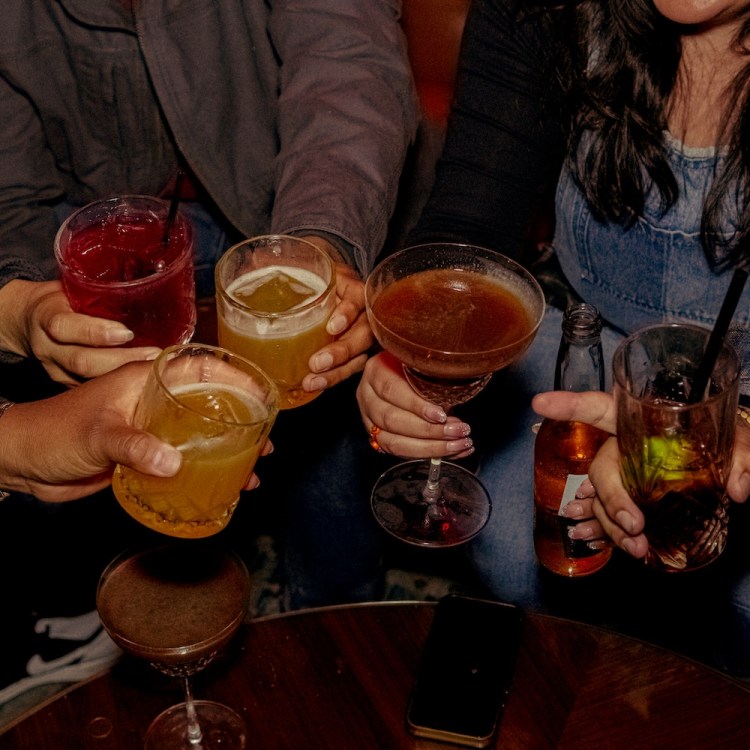Hey there… sorry for the interruption. Before you dive into this article, we just wanted to quickly let you know that we now have a new weekly newsletter devoted solely to drinks and drink culture called The Spill. If this seems like it might be up your alley, please go here and sign up. We think you’ll like it.
As the legend goes, tequila was born when an agave plant was struck by lightning, burning it and causing the heart of the plant to ferment. Since then (or at least since the 16th century) natives of the sunbaked town of Tequila, Mexico have used fermented agave to make a beverage, which they colloquially called “vino de Tequila” and which was eventually shortened to the name of the spirit we all know and love: tequila.
Now, I’m no history buff, but that’s some lore I can get behind.
That said, upon my first visit to Tequila, I wasn’t sure what to expect. A trip to this town in Mexico’s western state of Jalisco is to tequila drinkers what a sojourn to Scotland is to scotch drinkers, or Ireland is to whiskey lovers. It’s no exaggeration to say that, as an enthusiastic consumer of tequila, this was my Super Bowl. But, as I made my way down the cobblestone streets for the first time, spying telltale agave plants sprouting seemingly from every square inch of earth for as far as the eye could see, it seemed to, at least in part, confirm the legend. As did the deluge of distilleries, all within a mile or so radius of each other.
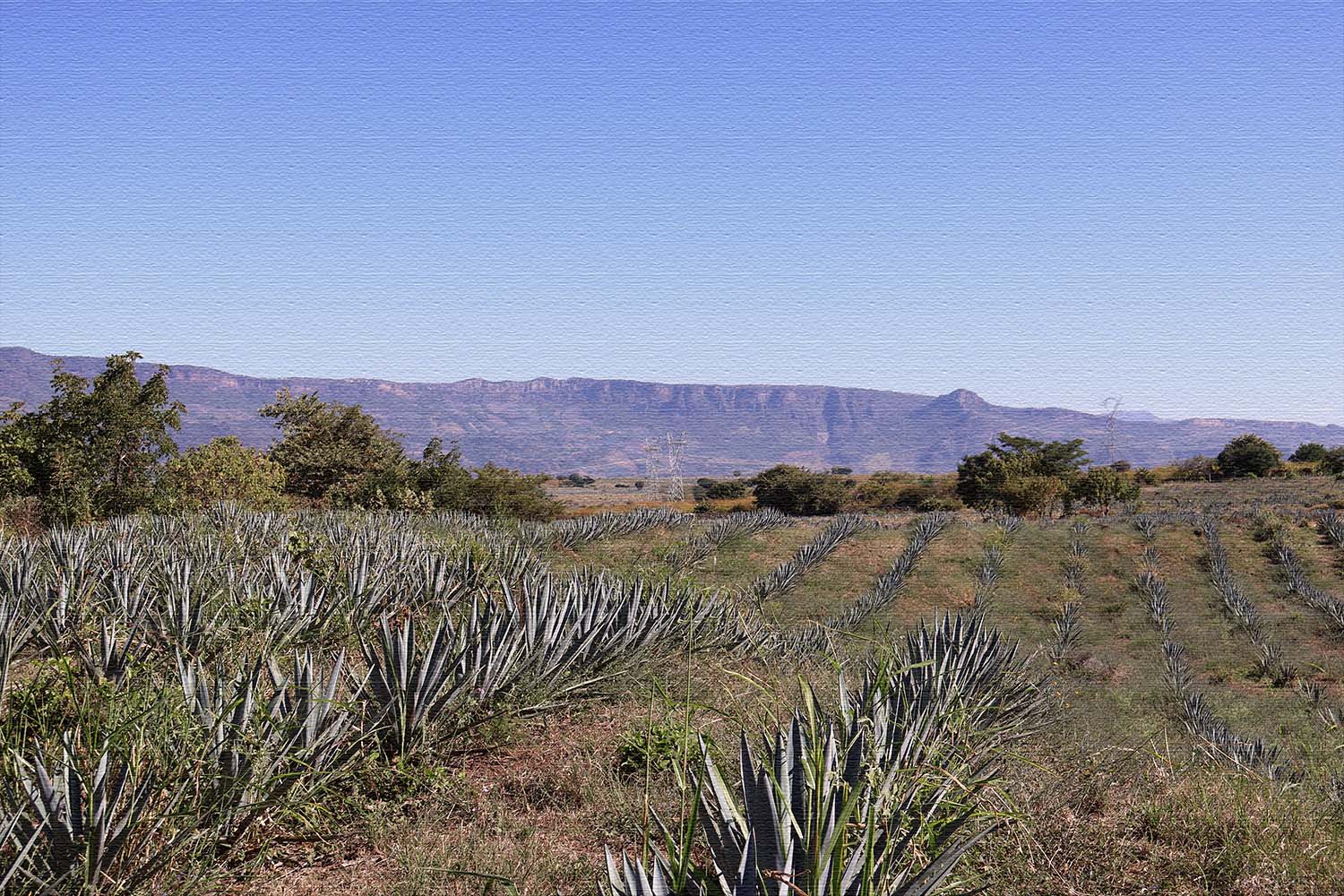
Any remaining doubts I might have had were later quelled by a roadside Cantarito — a combination of citrus juices, Squirt soda and tequila traditionally served in clay cups and with a Tajin rim. (The perfect cocktail, don’t @ me.) I was prepared to take any legend as gospel after about two cups.
But while Tequila has long been considered a sort of holy place where the production of premium tequilas reigns supreme among tequila connoisseurs (90% of all tequilas made in Mexico are produced in Tequila and the greater Jalisco region), after having seen it for myself, I would argue that Tequila offers a lot more than just a gateway to the spirit that bears its name.
It’s the accolades the town has netted in recent years that paint the best picture. In 2002, four years before the agave landscape and ancient industrial facilities of Tequila were named a UNESCO World Heritage Site, Tequila earned the designation of Pueblo Magico, or Magic Town, from the Mexican tourism secretariat. A quick survey of the vast landscape and the Tequila volcano looming in the background, tells you everything you need to know about why. It is magical.
I left Tequila with many spoils, and I can say, unequivocally, that regret was not one of them — which is notable, considering how much tequila was had. Below, everything you need to know ahead of your own visit.
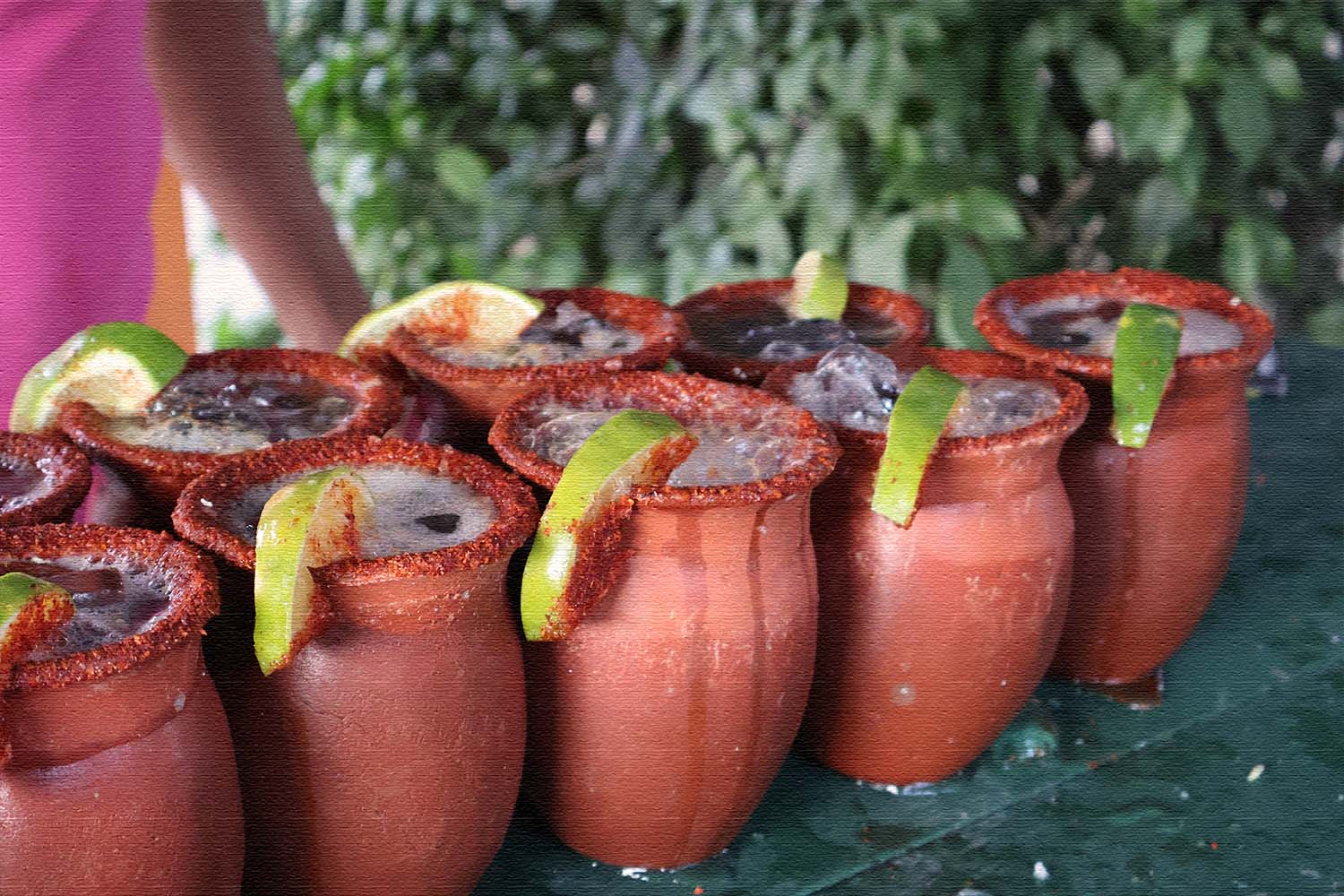
The Tequila
If you’re planning a visit to Tequila, it’s probably safe to assume that you aren’t adverse to the spirit. Fortunately, you can’t throw a stone without hitting a reputable distillery. Orendain (La Mexicana), Fortaleza (Los Abuelos), Arrete (El Llano), Sauza (La Perseverancia), Cuervo (La Rojeña) and El Tequileño (La Guarreña) are all located within steps of each other, lending itself to a wealth of cross-brand distillery tour and tasting opportunities. With a hotel conveniently located on the distillery premise, though, it is — in this writer’s humble opinion — La Guarreña that offers the most well-rounded, and authentic, experience for out-of-towners.
El Tequileño means “someone who is born in Tequila,” and thus they pride themselves on being the town’s top maker. It’s a family-owned operation, and one of maybe ten brands that actually make their own tequila. They produce (additive-free) blancos, reposados and añejos, and — to this day — are one of the only distilleries with access to the natural spring water that forms from the volcano, which, coupled with the agave they source from the highlands, gives Tequileño its signature flavor.
According to the family, it’s a flavor that they’ve spent all of their time preserving — no small feat considering that, similar to grapes, agave is varietal and takes 6-7 years to grow. Then there’s the production to consider. Tequilas, depending on the type, are aged anywhere from two months to three years.
All of this to say, there are a myriad of variables at play — any number of which can impact the profile of the tequila — and plenty of time for things to go wrong, but La Guarreña remains a well-oiled machine and seeing it in action has a way of making the product taste all the sweeter.
Review: Casa Salles Is the World’s First “Tequila Hotel”
Luxury lodging and tequila nerdery take shape in the heart of Jalisco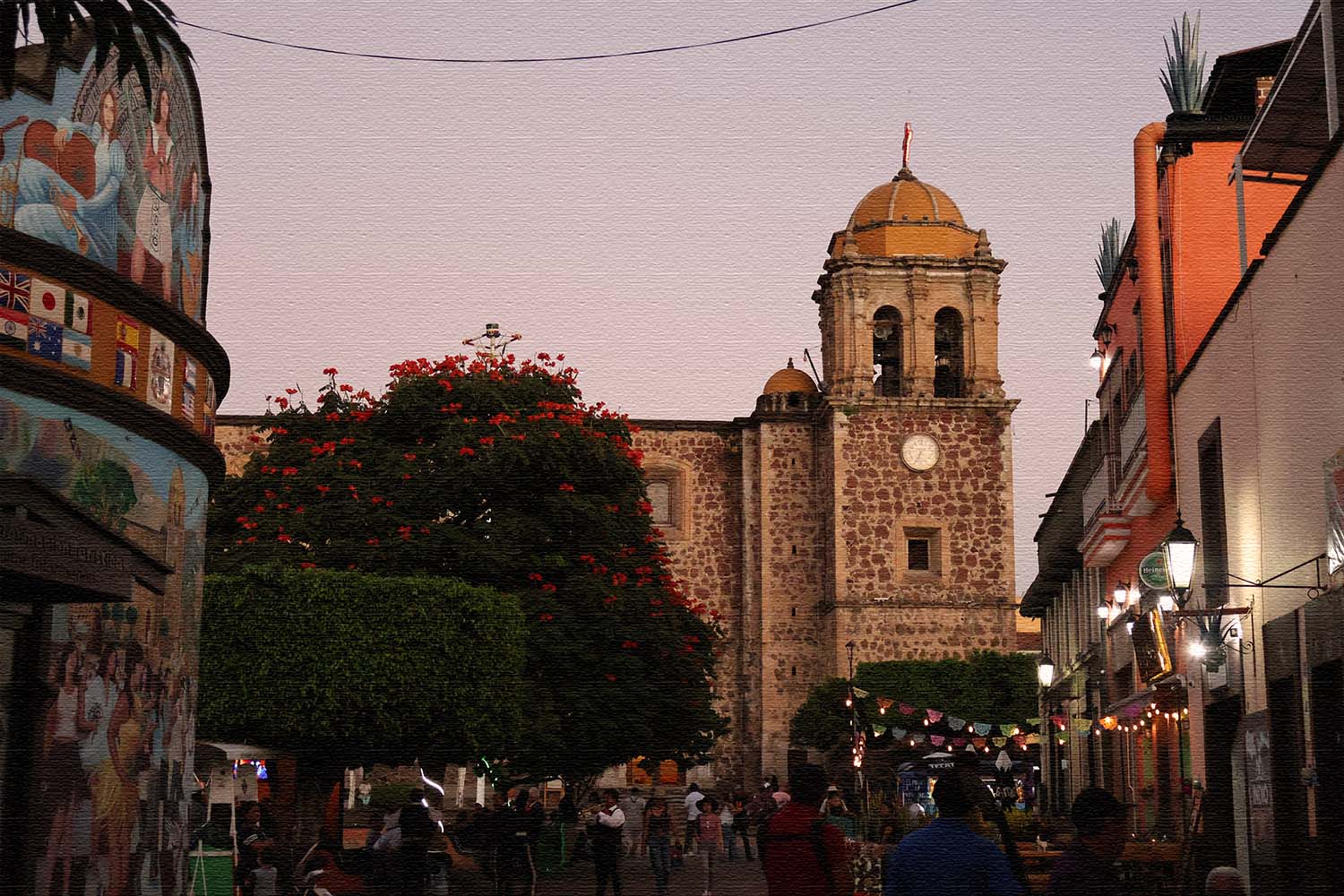
Where to Stay
Touted as being the world’s first “Tequila Hotel,” Casa Salles is a new, 25-room boutique hotel located, as previously mentioned, quite literally on the grounds of the La Guarreña distillery. For context, you can smell the agave being processed from your balcony, and just about everywhere else on the property, at all times.
But Casa Salles is more than just its proximity to La Guarreña. It’s also home to Mango Cocina de Origen, which features a regional Mexican cuisine-heavy menu, Reposado Spa, which offers a variety of treatments just steps from the hotel lobby, as well as an outdoor pool for maximum relaxation. (Though, I would argue that the focal point of the courtyard is actually the 150-year-old rubber tree, or Ficus Elastica, that stands directly in its center — 12 meters tall and 15 meters in diameter — providing year-round refuge from the Mexican sun with its boughs.)
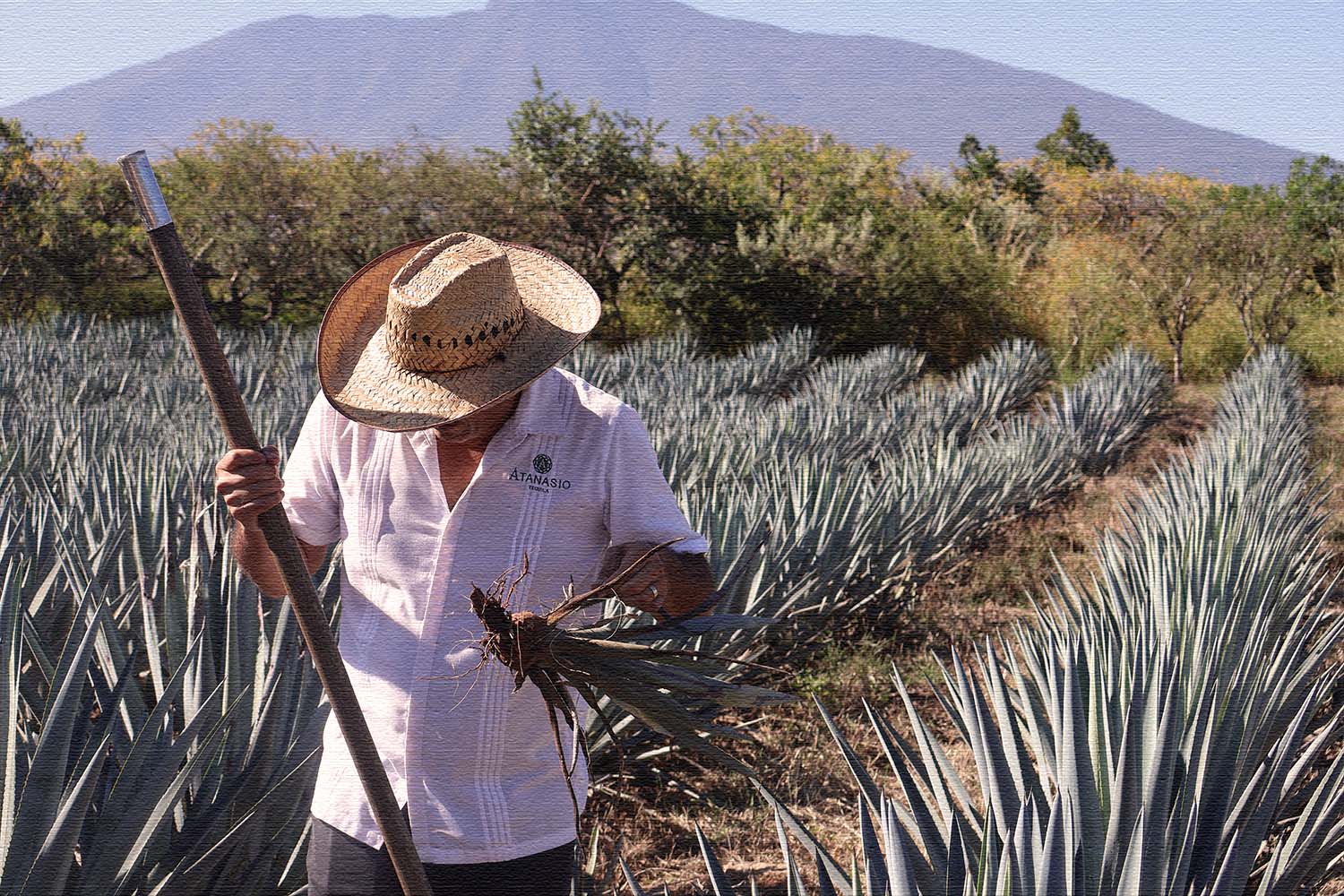
What to Do
Aside from consuming tequila, there are a number of other ways to pass the time in Tequila. For example, you can — and should — plan to get out and explore the terrain. The Camino al Totole is a (not overly ambitious) trail used predominantly by locals to access the agave fields. Much of the area is privately owned but it’s not fenced off, or really even used, so the public is able to utilize the trail and enjoy the view from the Cerro del Totole.
For the more experienced outdoorsmen, a hike down into the tequila canyon to the Loz Azules waterfalls might better fit the bill — this one, a marked (and exponentially steeper) trail. You can also hike the Tequila Volcano, which is a 22-km trip on a cobblestone road, though it’s shared by cars and pedestrians. The most ambitious hikers can climb an additional 50 meters and reach the summit, or tetilla, of the volcano. Alternatively, you can also drive up and just hike the last 5 km.
For a more hands on experience, Casa Atanasio — located a short drive from Casa Salles — offers opportunities to actually visit the agave fields, and participate in the various stages of production, including the “barbing” of the agave, and the cutting and planting of the huellas (juvenile agave plants). It’s moderately labor intensive, but it’ll leave you with a newfound appreciation for all those involved in the process, from start to finish. Plus, the day ends in the shade with homemade taquitos heated on a comal and with miles of sprawling agave fields laid out in every direction, there are no shortage of photo ops here.
Of course, I’d be remiss not to recommend a visit to La Capilla (read: drink more) — a tiny nondescript, hole-in-the-wall bar (the name isn’t even on the outside). It’s not only the oldest bar in Tequila, but also counted among the world’s 50 best bars. La Capilla (which translates to “the chapel,” aptly named as patrons have a tendency of “walking in, but leaving on their knees”) is the original home of the Batanga — a cocktail comprised of (Tequileño) tequila, fresh squeezed lime, Mexican Coca Cola and famously stirred with a knife.
And if you’re still in the mood to imbibe following a trip to La Capilla, grab a Cantarito and stroll through the historic downtown area. Whether or not any of the old Tequila town legends are true, there is most definitely magic here. And for tequila lovers it’s damn near euphoric.
Every Thursday, our resident experts see to it that you’re up to date on the latest from the world of drinks. Trend reports, bottle reviews, cocktail recipes and more. Sign up for THE SPILL now.
